Ludington State Park
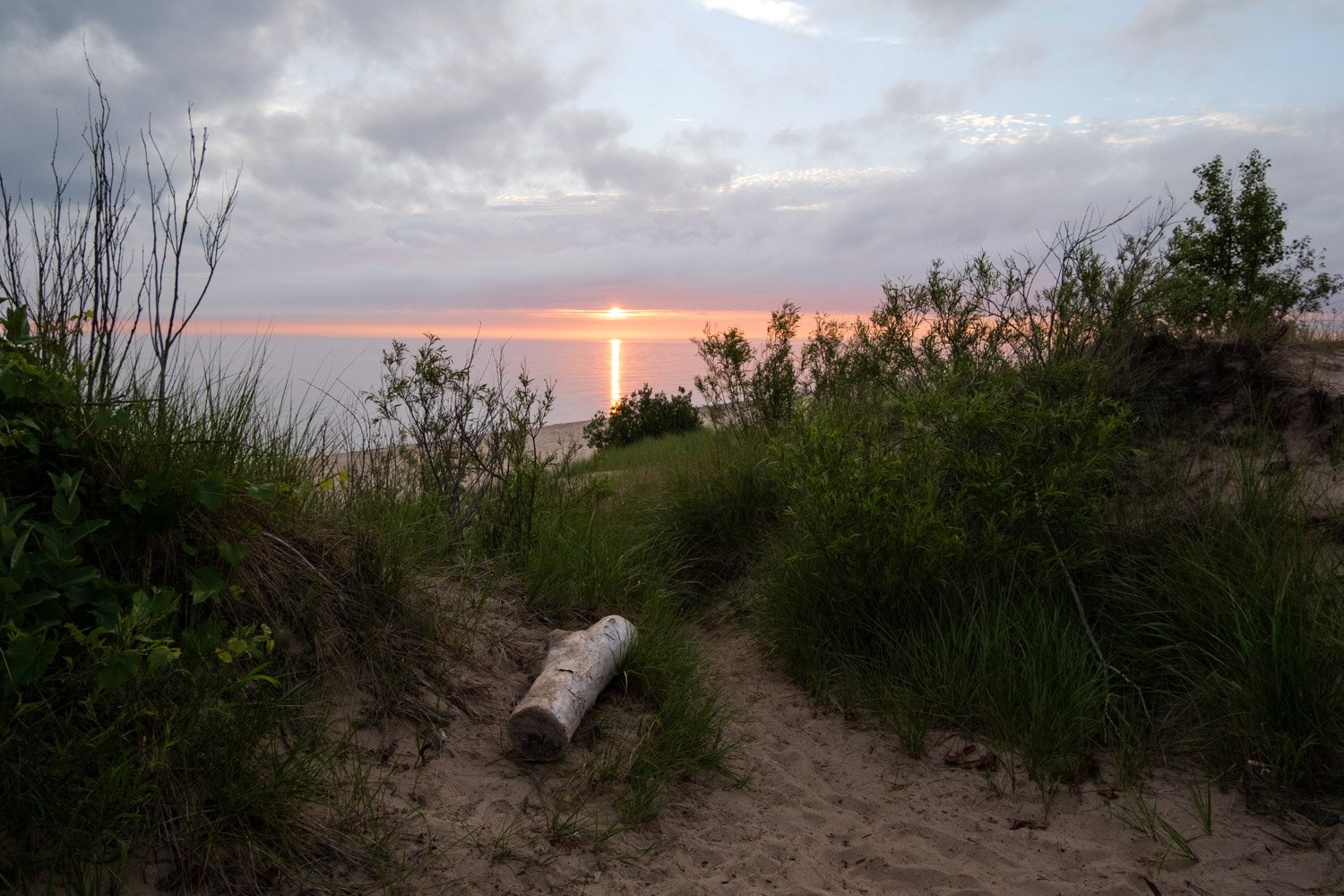
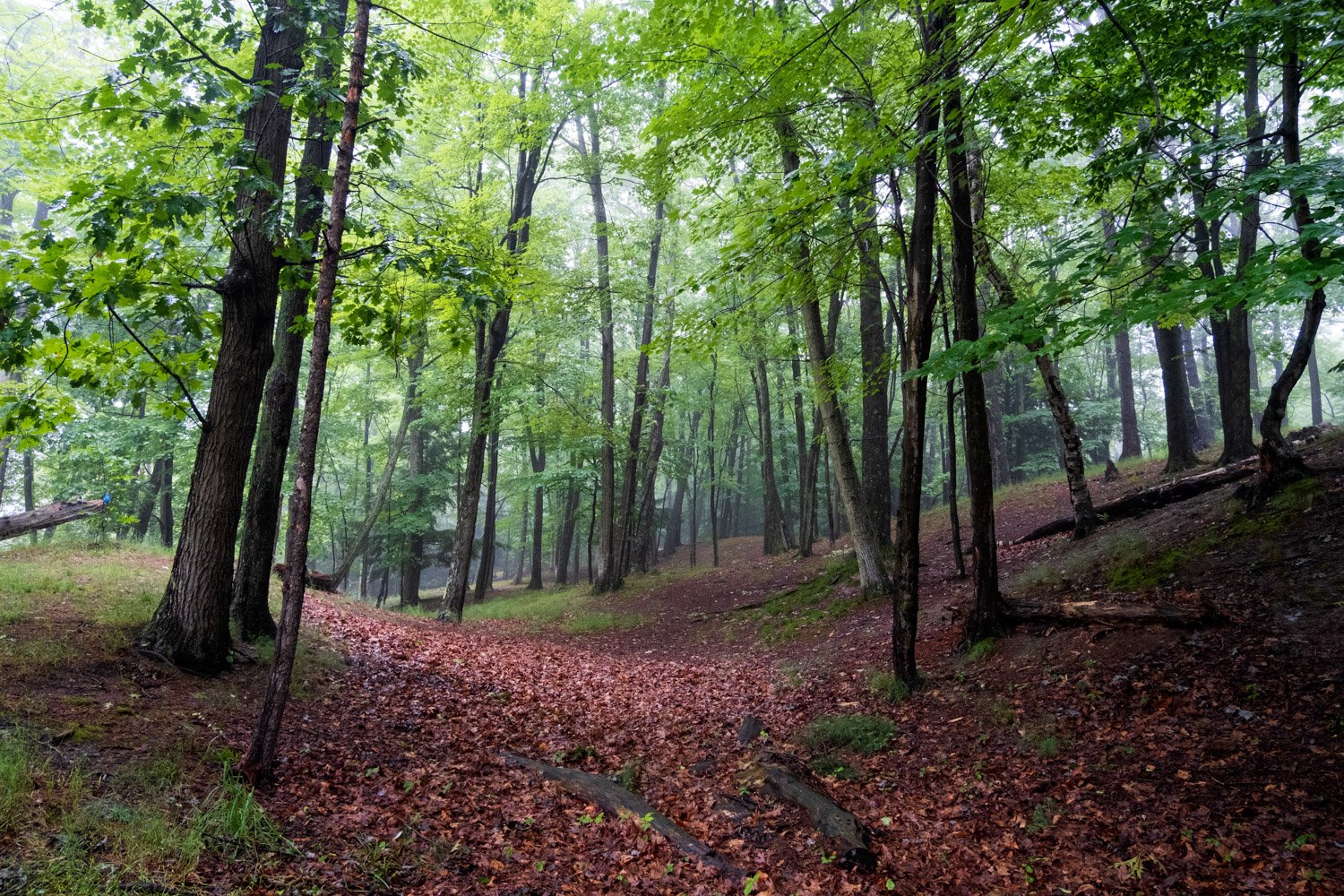
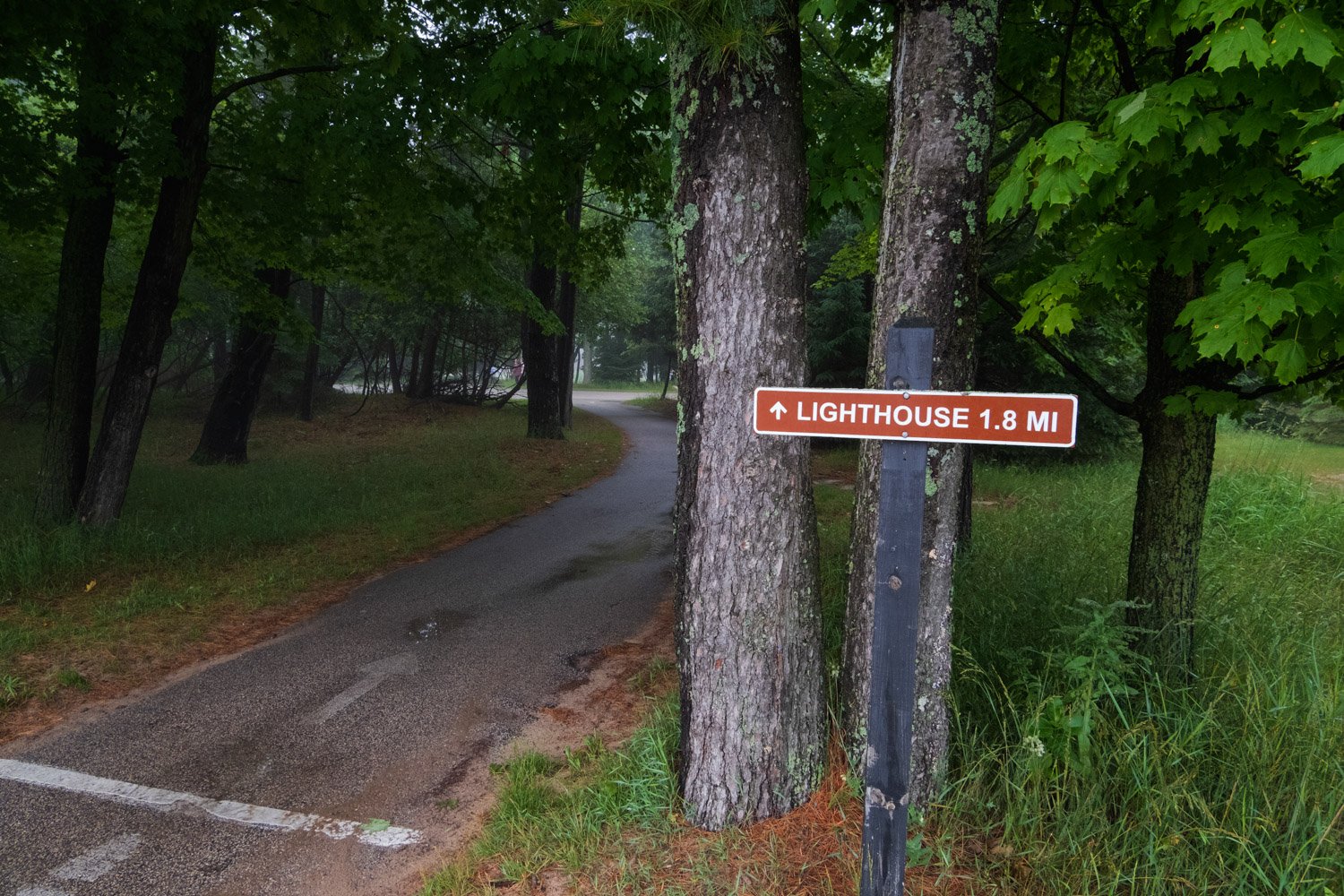
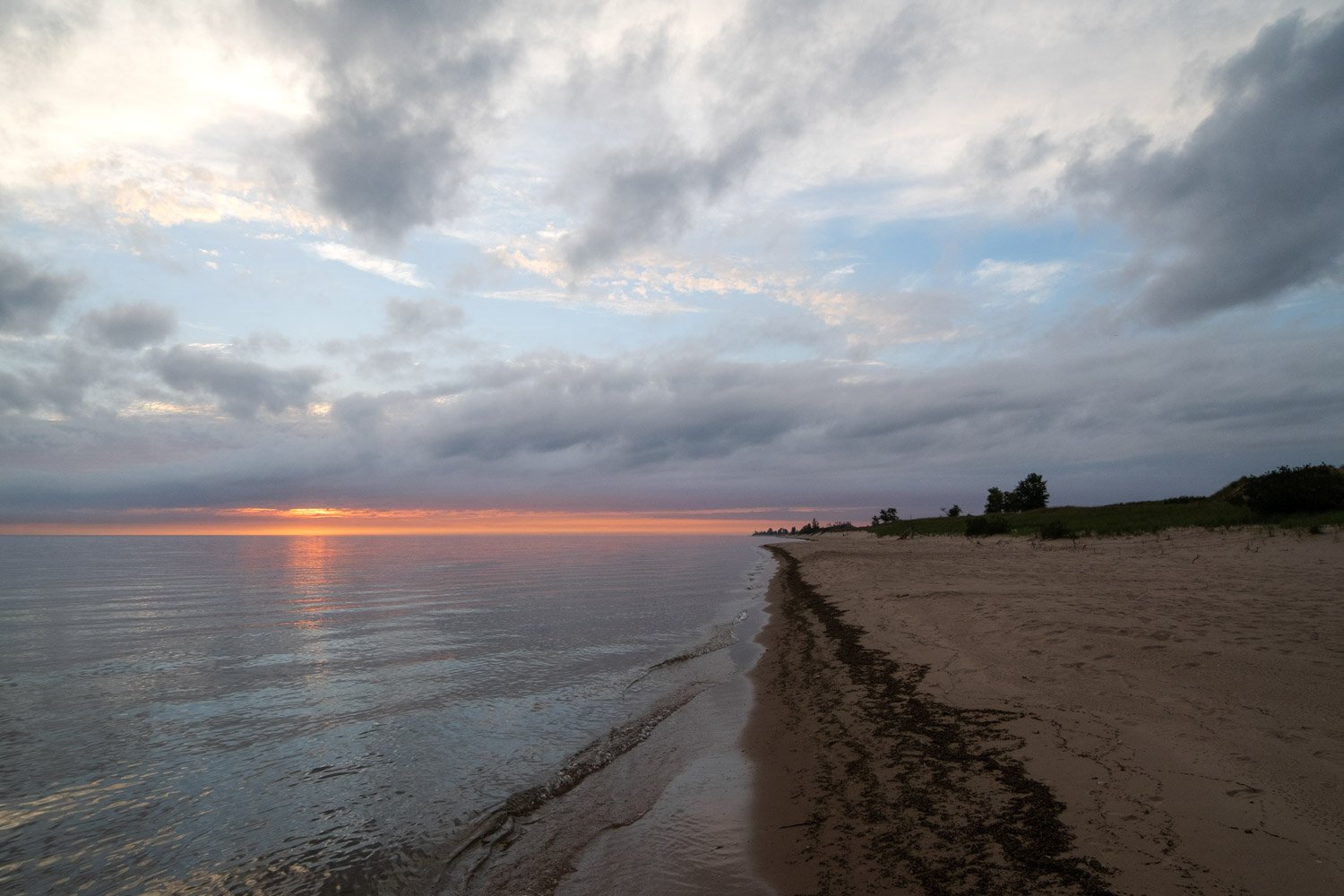
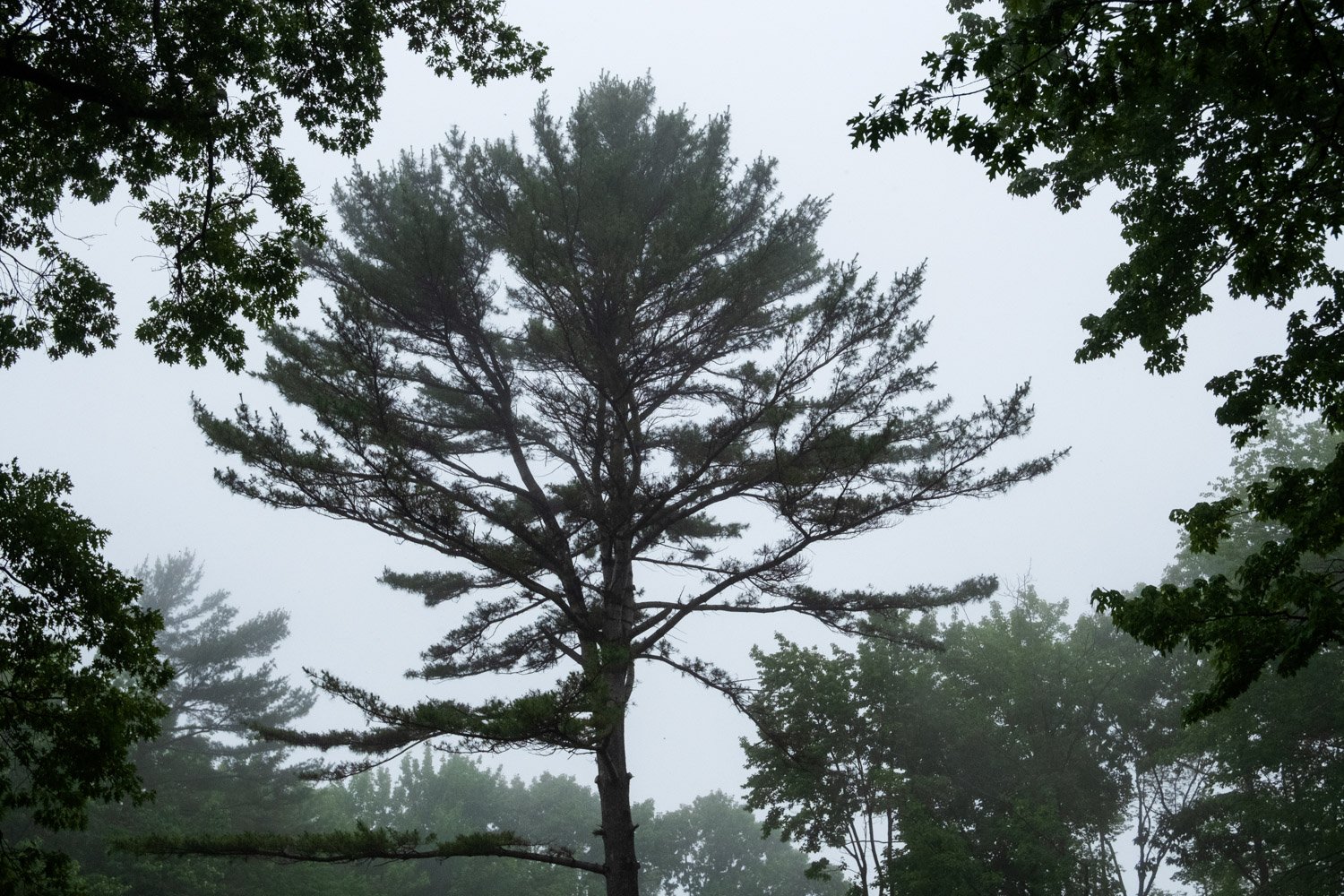
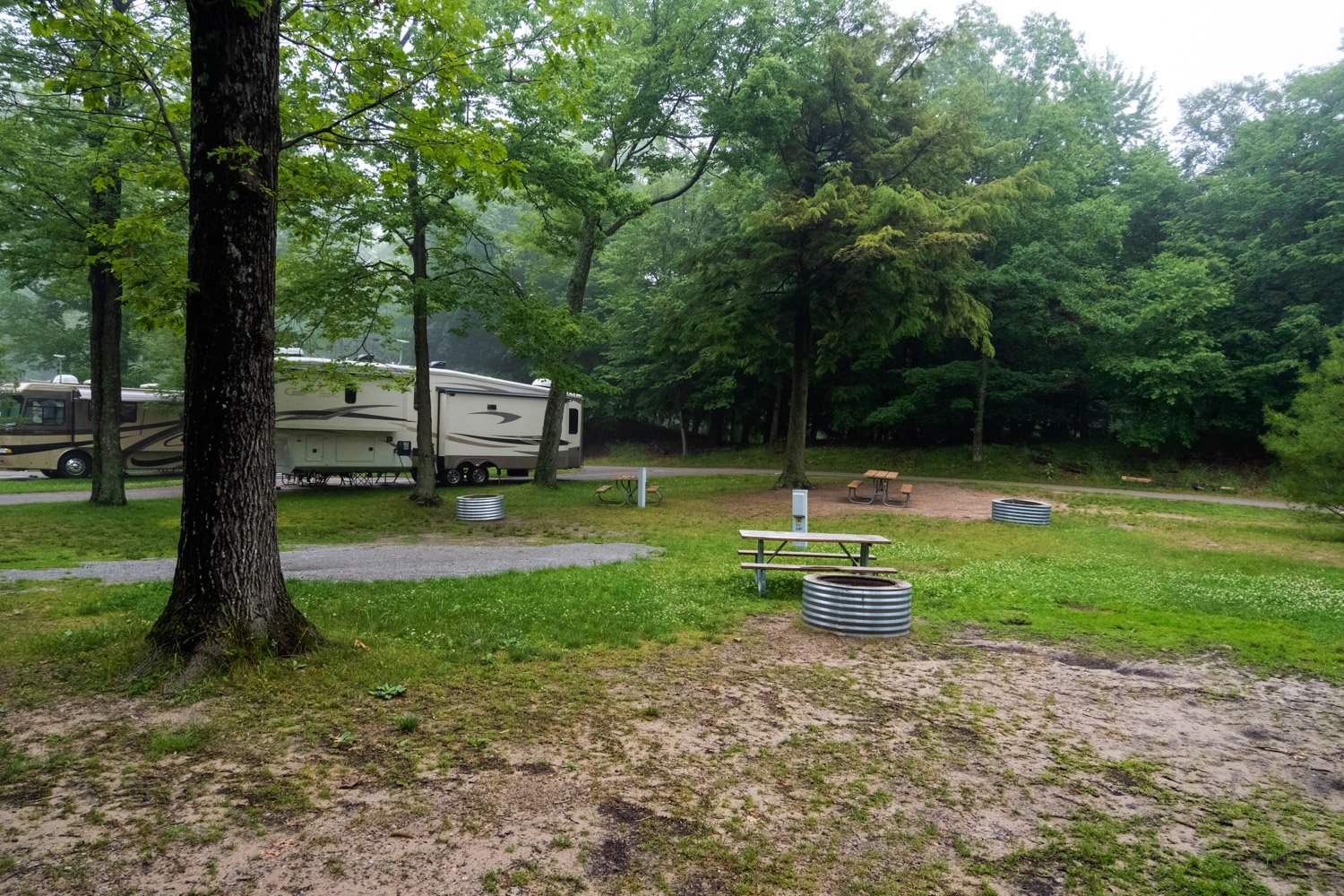

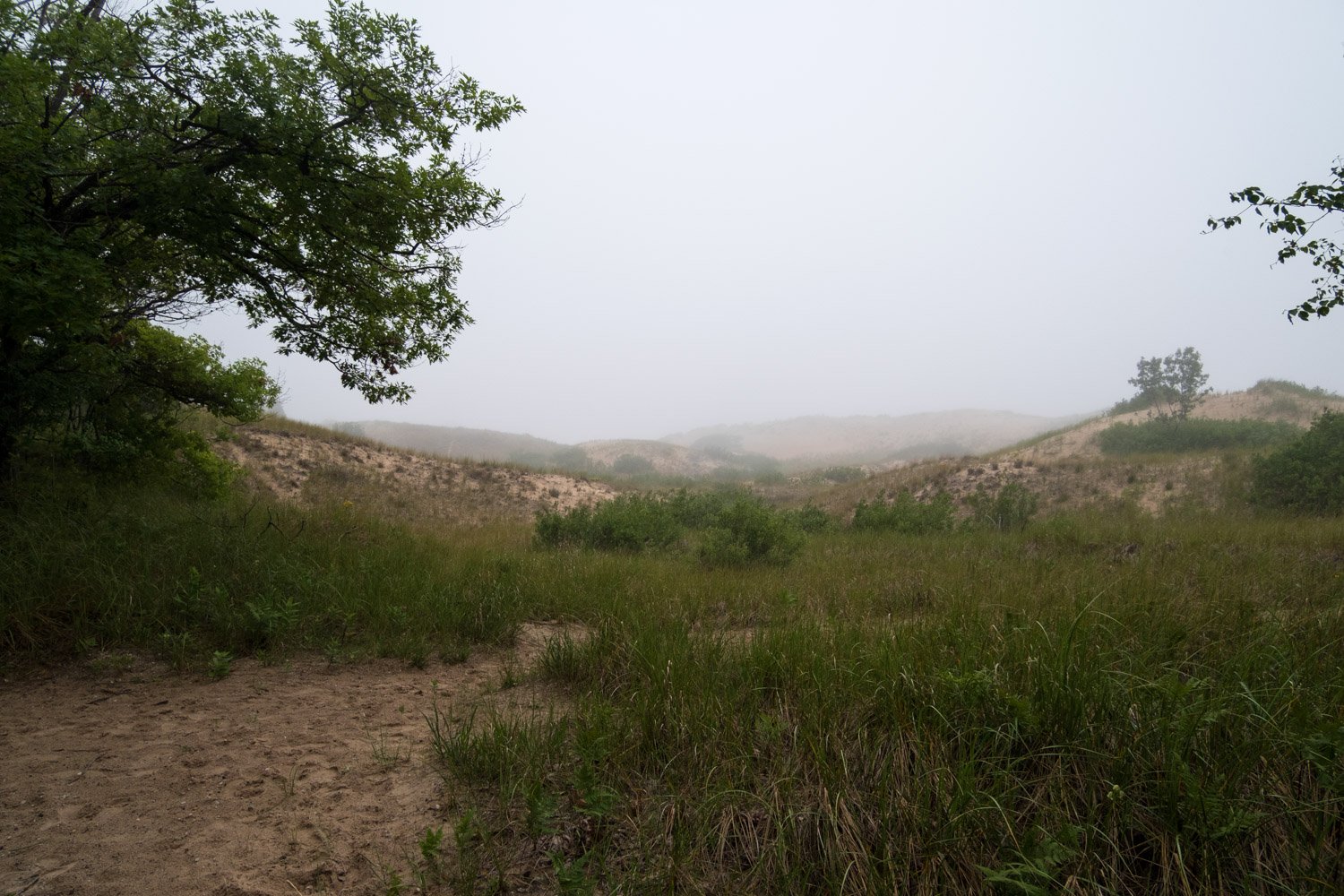
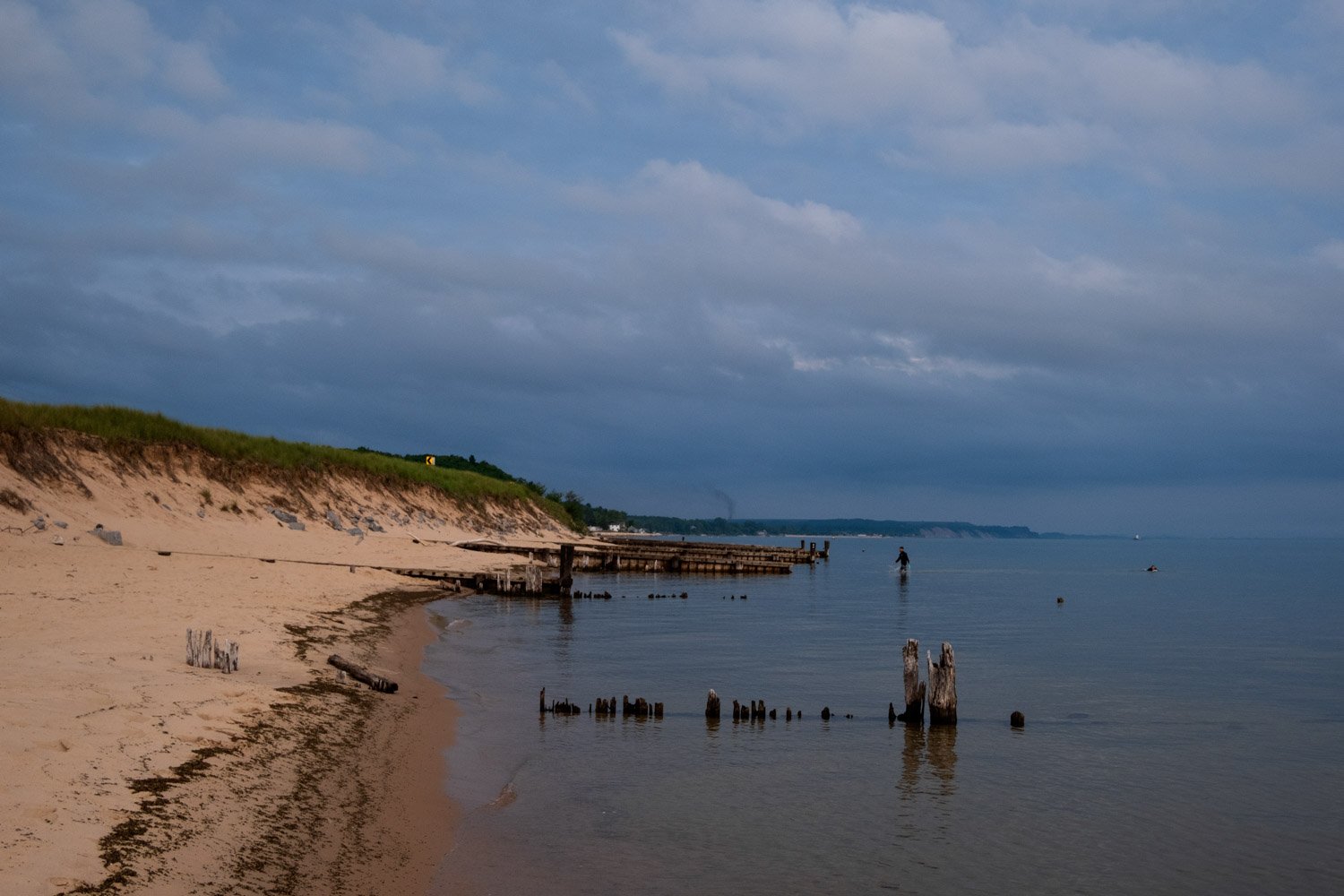



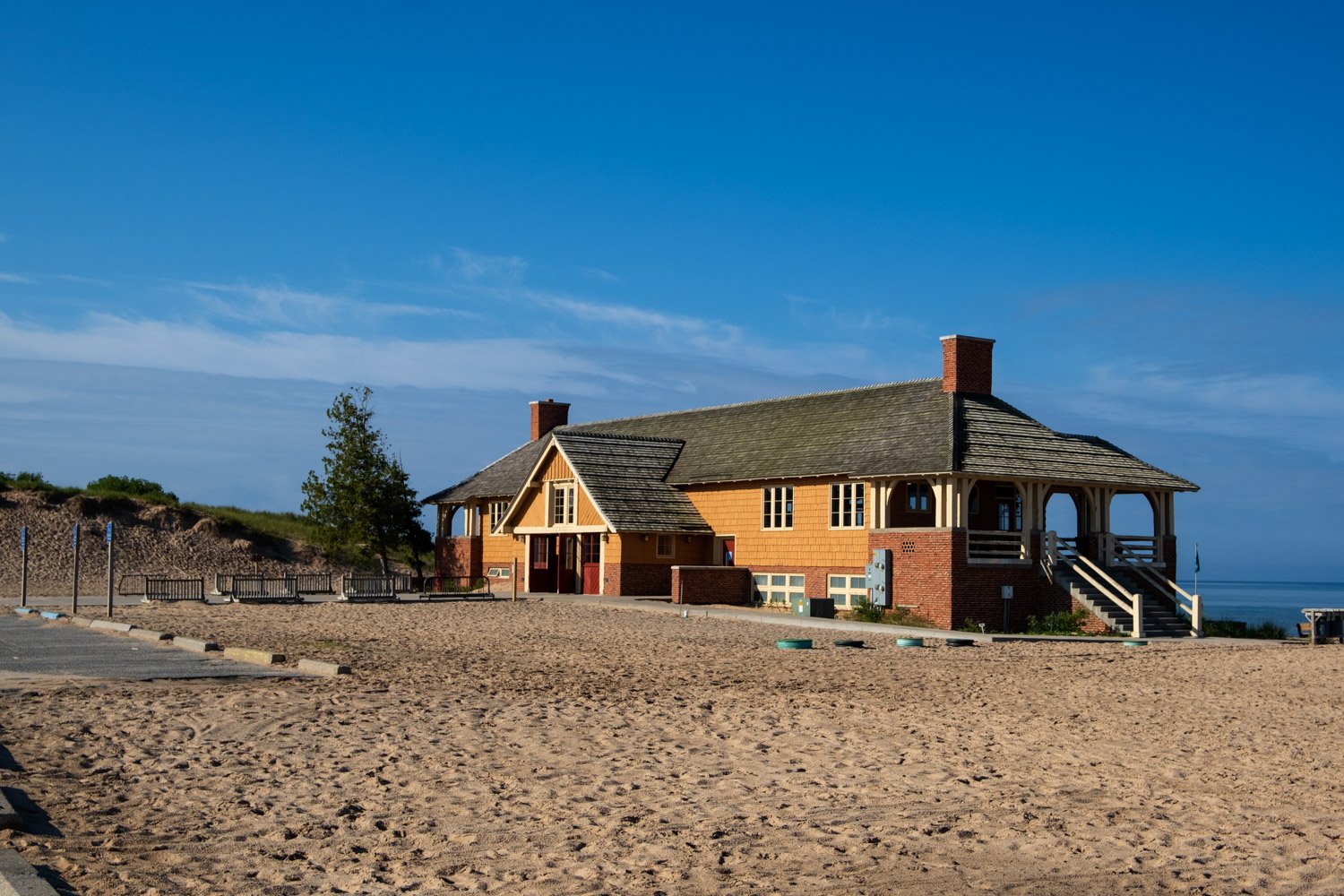
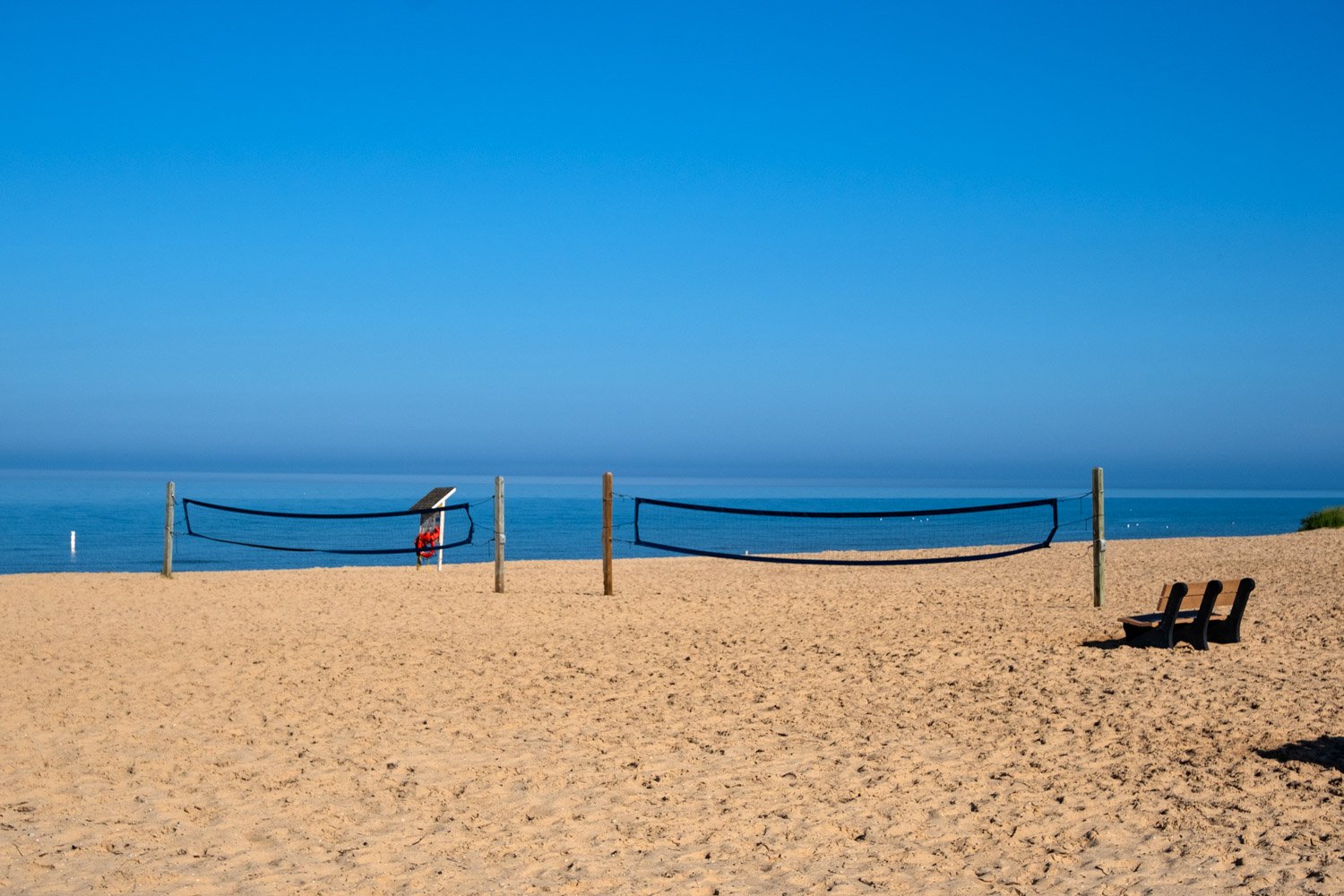
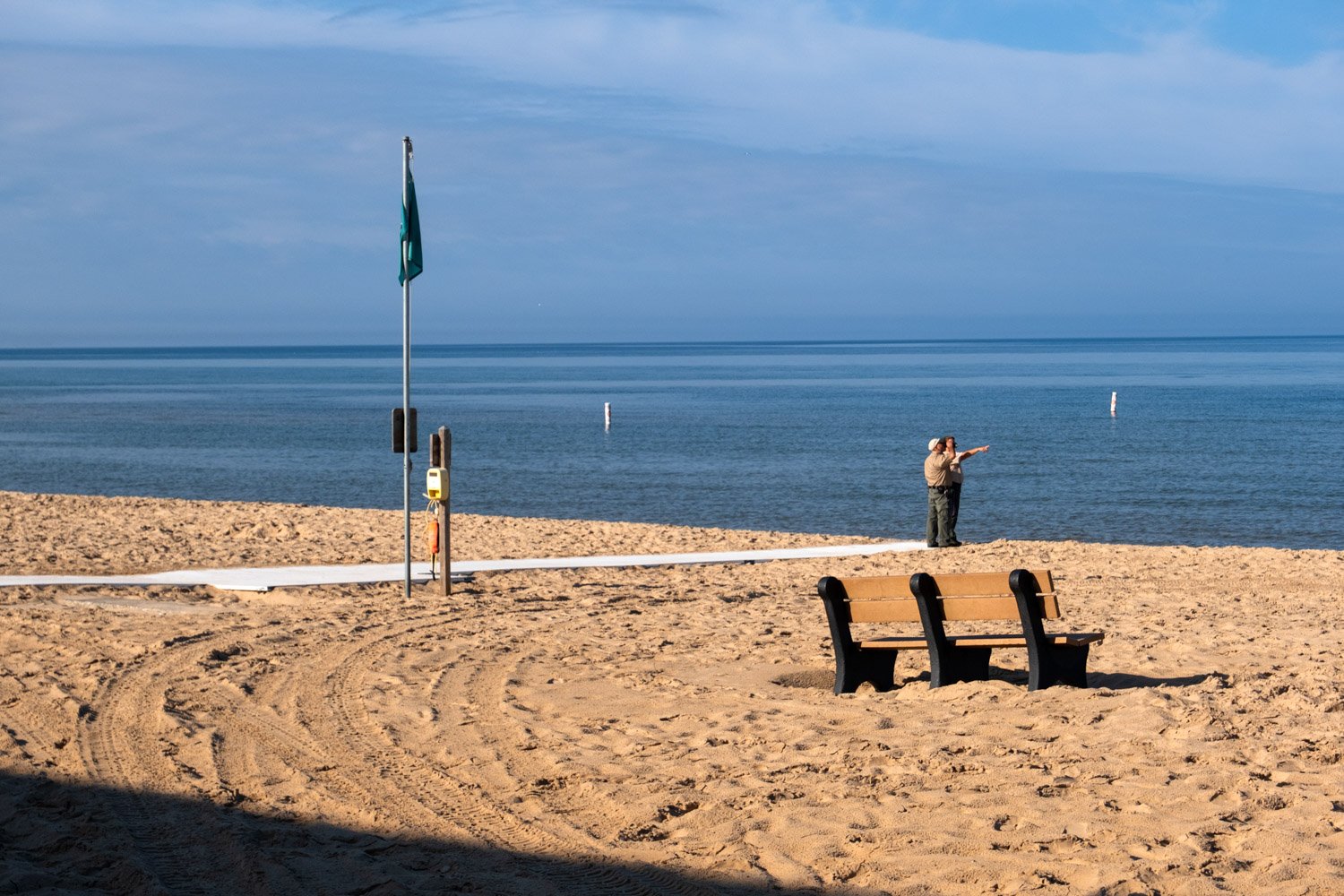
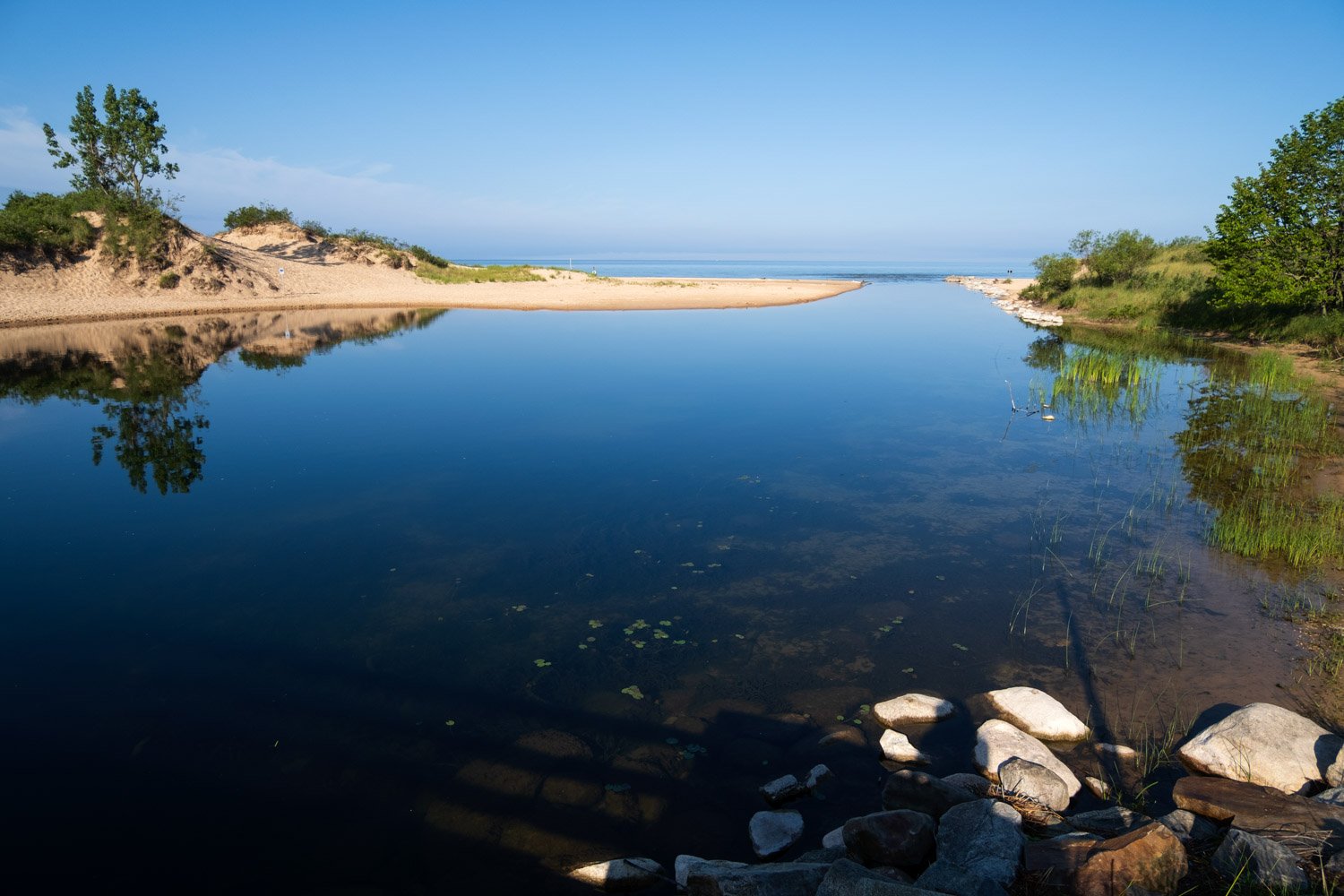
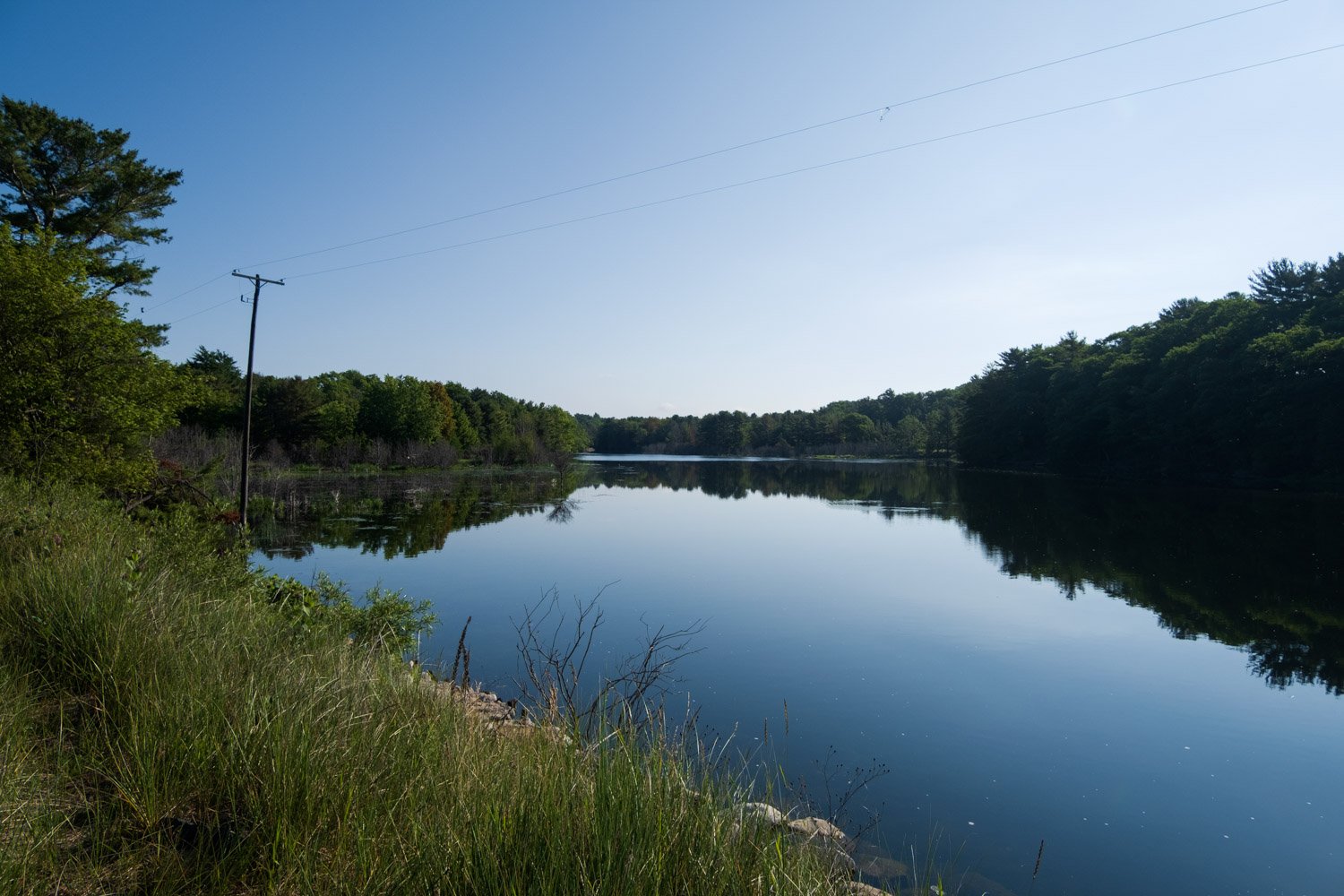
The land that Ludington State Park calls home was once the site of a village called Hamlin. Lumber baron Charles Mears at one time owned more than 200 million feet of standing timber in Mason and Lake Counties, but today, he is most known for Charles Mears State Park just south of Ludington in Pentwater. In the 1850s Mears purchased the land surrounding the Big Sable River and a smaller river just south of there. He hoped that they would both prove good places for mills due to their narrow mouths on Lake Michigan. Mears dammed both rivers, creating two lakes. The village to the north was named Hamlin, after Vice President Hannibal Hamlin and the village to the south was named Lincoln, after President Abraham Lincoln. The lake next to Hamlin was named Hamlin Lake, and the lake next to Lincoln was named Lincoln Lake. Charles Mears was one of the most successful lumbermen in Michigan, owning thousands of acres of land, 15 sawmills, and assisting in the creation of a number of channels and harbors on Lake Michigan. He came to Michigan with his brothers in the 1830s and had a hand in developing Whitehall, Pentwater, and Ludington. He served in the Michigan senate and lived in Lincoln until 1883, when he retired and moved to Chicago, where he lived until he died in 1895. At its peak, Hamlin Lake was one of the most active lumber areas in western Michigan. The Mud Hen, a steam powered boat, called Lake Hamlin home and was one of the first steam-powered boats in Michigan. The wooden dam that Mears built failed in 1888, washing away much of the town. It was rebuilt, but the second damn failed just after 1910. Most of the town washed away into Lake Michigan, and the town was finished. A concrete dam was built in 1914, but the lumbering industry had all but died in that part of Michigan by then, so the town was never rebuilt. Much of the land was transferred to the state in the 1920s, and in 1936, Ludington State Park officially opened. Today, the park offers a campground, miles of Lake Michigan beachfront, acres of dunes, over 20 miles of hiking trails, access to Hamlin Lake and the Big Sable River for fishing, kayaking, and tubing, cross-country ski trails, bicycle trails, and Big Sable Point Lighthouse, which was built in 1867 and deeded to the DNR in 2002. The main campground has a store, full amenities, and modern bathrooms. There are also hike-in sites along the path to Big Sable Point Lighthouse. No matter what you are hoping to do, Ludington State Park probably has it!
